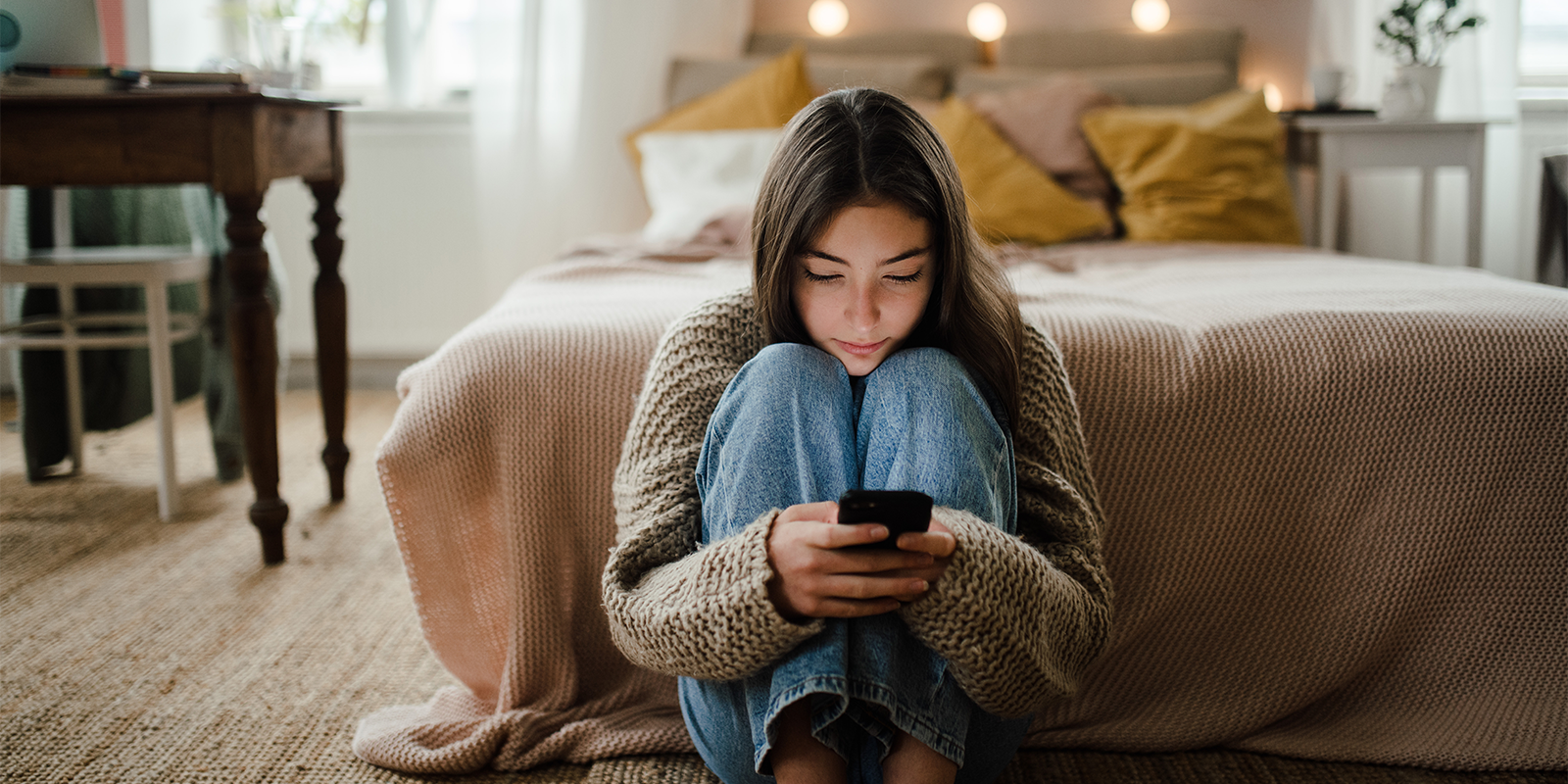Empowering girls to face body image and social media pressures
by Lorri Jensen, Senior Product Manager - Behaviour Portfolio at Pearson

Growing up in today’s digital era can be a pressure cooker for all kids, but it can be a particular strain for girls as they navigate societal expectations, media influences and peer dynamics — all under the relentless glare of the social media spotlight. Platforms like Instagram, TikTok, YouTube and Snapchat can often promote unrealistic beauty standards, and the barrage of messages can negatively impact girls’ sense of self-worth and identity.
While advertising and social media can have a seemingly 24/7 presence, educators can create a safe place within their school community to help counteract these potentially harmful inputs and to support all students in feeling comfortable with being their authentic selves.
Read more




